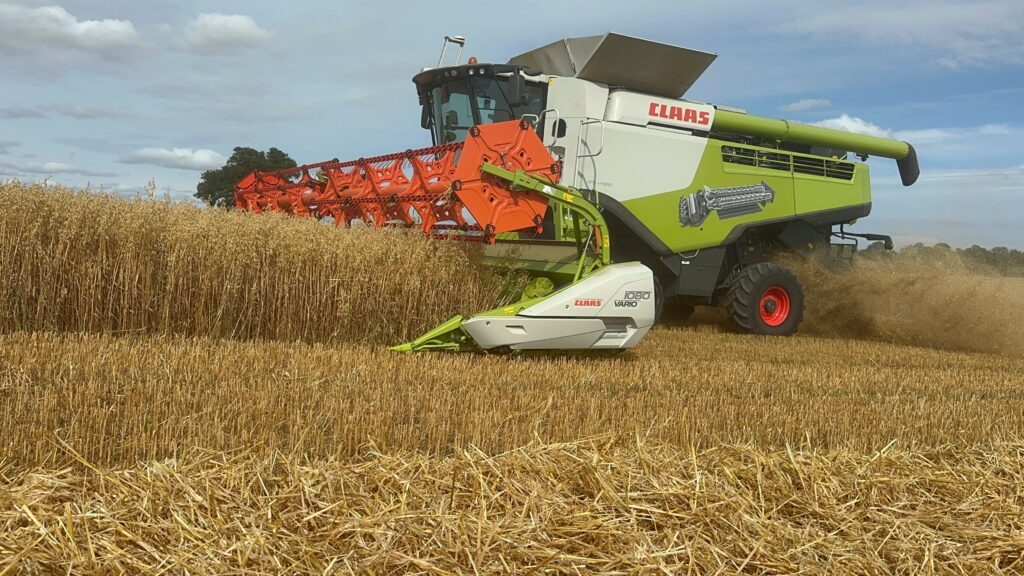Reflecting on last season’s challenges and the lessons learned Jeff Claydon, Suffolk arable farmer and inventor of the Claydon Opti-Till® direct seeding system, outlines some of the changes he will be making for the 2025 harvest.
August 2024
The title of my last article ‘The Good, the Bad and the Ugly’ (Issue 28 – July 2024) summarised the appearance of crops on our own and many other farms at that time. Unfortunately, that continued to be the case right through to harvest. As expected, those established on well-drained soils worked under the right conditions performed well, while those muddled into heavy land in poor conditions were downright ugly. But, as one of our contract customers said, ‘at least we were lucky to have a harvest.’
If last season taught us anything it is that farming successfully depends on working with, not fighting, the weather. Last autumn we pushed our luck a little too far based on idealistic thoughts of drilling later than normal. At the time, many were talking about how this approach would help to control grassweeds and as we prepare fields for drilling using only the Claydon Straw Harrow, an extremely fast, low-cost operation, we decided to give it a go. What could possibly go wrong? What indeed!
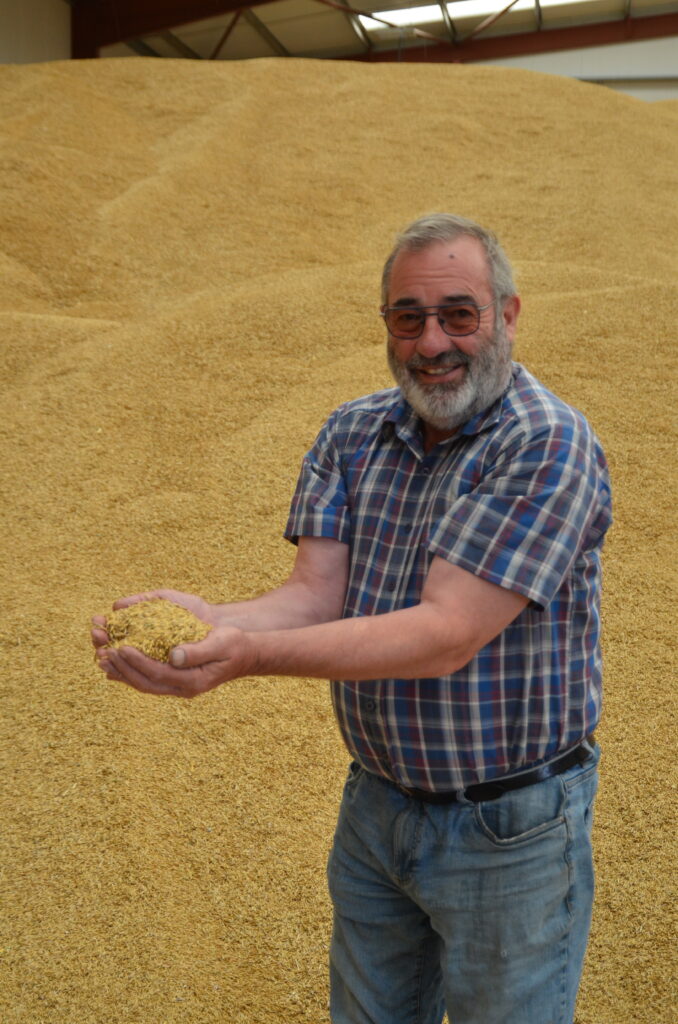

Failing to heed the advice which my grandfather gave me when I started in this industry, we overlooked the fact that you cannot farm based entirely on what date is showing on the calendar. We left it until 15 October before starting to drill winter wheat and on 11/12th October we had a deluge of 60mm of rain. Within three days of drilling, a further 90mm of rain fell. During the remainder of the month we had an average of 1cm per day after drilling!
Suddenly all the lights went from ‘green’ to ‘red’ and ultimately we paid a heavy price for going that route. Last season’s crops were amongst the most variable that I have ever seen on this farm in more than 50 years. There were multiple reasons why, including the fact that some crops were established in poor conditions, in places drainage was sub-standard, while slug and grassweed pressures, normally well contained, were exacerbated by the wet weather.
Looking through reports from Claydon customers last week I noted that some who drilled wheat on free-draining soils in the first week of October harvested over 11t/ha. Others, who mauled seed into cold, wet heavy clay soils at the end of the month achieved less than half that. Given the wet conditions our oilseed rape and wheat were never likely to make the ‘good’ category, but spring oats did make par relative to the long-term average.
Just before harvest we replaced our 12m Claas Lexion 600 with a 10.8m Claas Lexion 760 Terra Trac. Despite its narrower header the output is an almost identical 4ha/hr due to the combine’s latest technologies which increase throughput and forward speed.
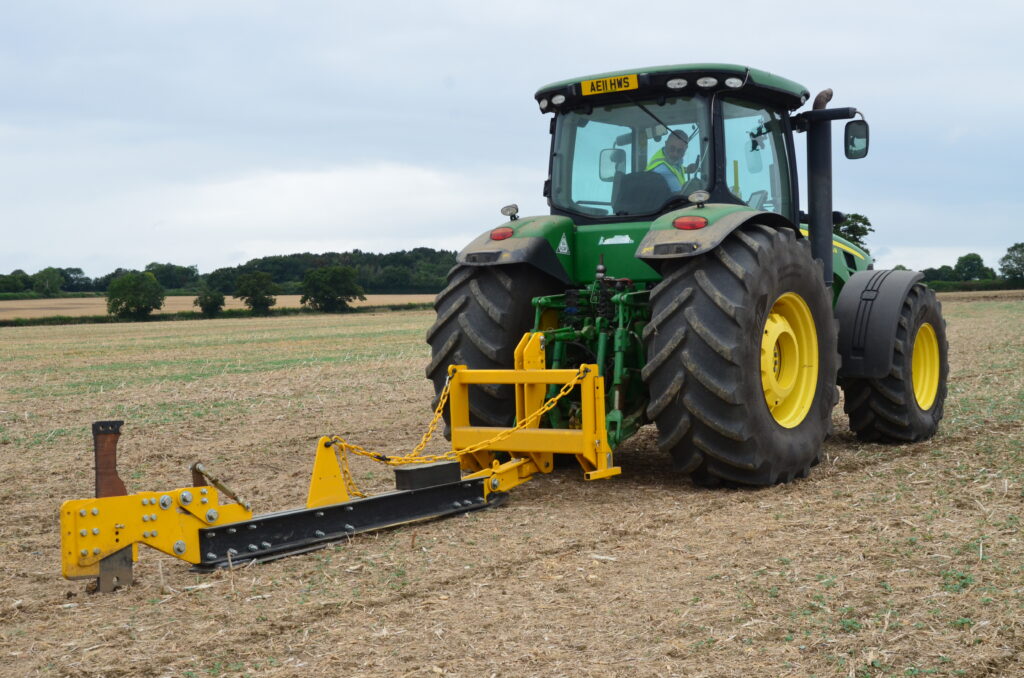
We also part-exchanged the 2011 340hp John Deere 8345R which had been our main tractor for several years as it no longer had a real place in the fleet following the arrival of a 415hp Fendt 942 last season. Too big for jobs such as pulling our 15m Claydon Straw Harrowing and trailer work, the 8345R has been replaced by a 240hp Fendt 724 which is much more versatile and fuel efficient.
ADDED COMPLEXITY
Adding complexity to an already difficult season, ergot (Claviceps purpurea) resulted from the very wet weather. We recorded a smattering of it, 8-15 per sample, not a high level given the season and what was seen elsewhere, but the UK sets something of a gold standard, specifying zero ergot per sample for grain going into the human food chain and an EU-standard 0.001% tolerance for feed grains. Unfortunately, growers carry the additional risk of significant price deductions or the cost of rejected loads caused by a problem not of their making. Is that fair?
Reflecting on an exceedingly difficult season many of us would admit that, with the benefit of hindsight, we would have done some things differently. So where do we go from here? That may depend on whether you see the glass as being half full or half empty. On the Claydon farm we did not achieve the yields we wanted but moaning won’t do any good, so instead I am writing off last season as being ‘just one of those years.’ It was much the same in 2012, but in 2015, having done nothing different, we recorded 13t/ha.
We have decided to change our cropping plan for 2024/25. After struggling to grow oilseed rape in recent years, primarily due to the impact of cabbage stem flea beetle following the ban on neonicotinoid seed treatments, combined with lacklustre yields and prices which don’t warrant the high level of risk this crop entails, we have decided to stop growing it. Instead, we will extend the wheat area to two-thirds of our farm and the remainder will go into spring oats, giving a good opportunity to control grassweeds using a combination of chemical and mechanical methods.
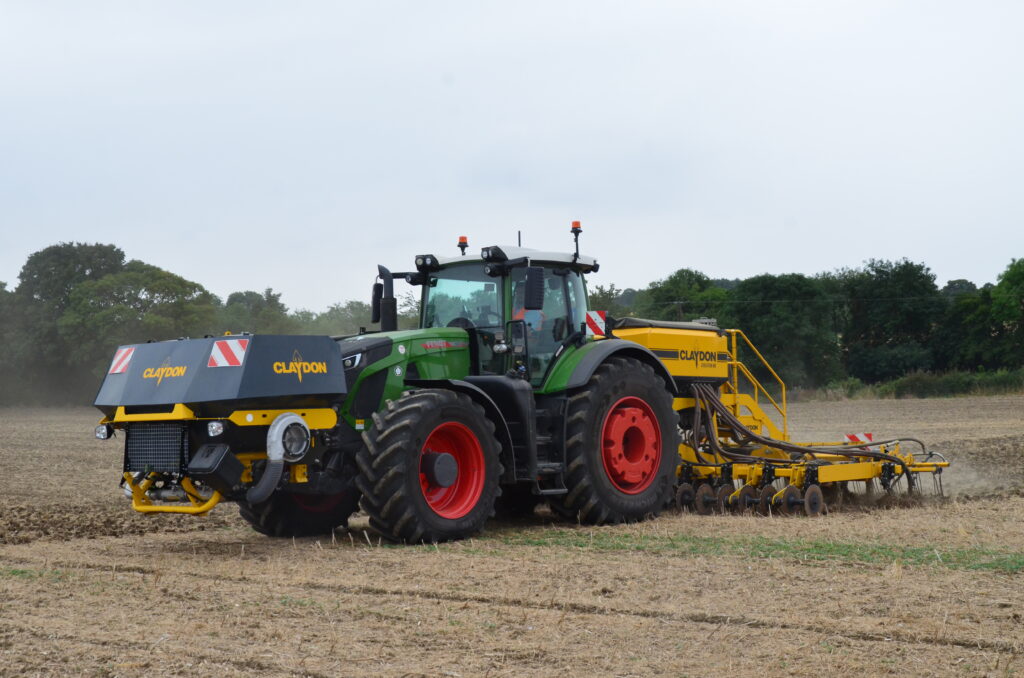
STAYING POSITIVE
On a positive note, the Farming Equipment Technology Fund (FETF) 2024 grants are very welcome. These provide a maximum grant value of up to £8400 or 50% of the purchase price of Straw Harrows and £40,800 or up to 60% of the purchase price of drills which deliver fertiliser with the seed.
However, whilst well intentioned, the grant system is not without its issues. Announced at the end of February, FETF grants were to be available in three tranches throughout the year. As of today (31 August) the first is only just being finalised and the second has yet to open. Whilst some have received grants others are still part of the backlog. This situation is frustrating for farmers waiting to order the equipment they need, as well as for the machinery manufacturers and dealers who supply them.
Another grant scheme, the Sustainable Farming Incentive (SFI), also seems to have its problems. Potentially it provides significant benefits, with no-till farming attracting an annual grant of £73/ha for three years, companion cropping £55/ha, an overwintered cover crop £129/ha, and a spring/summer cover crop worth £163/ha.
On the Claydon farm we find the short-term cover crop scheme quite exciting. What’s not so exciting is the stipulated eight-week growing period. Even if we established short-term cover crops immediately after wheat was harvested during the third week of August the risks of late drilling potentially negate any financial benefits. Conversely, overwintered stubble can only be sprayed off in February, just before the spring crops go in, but how often is heavy land drilled at that time?
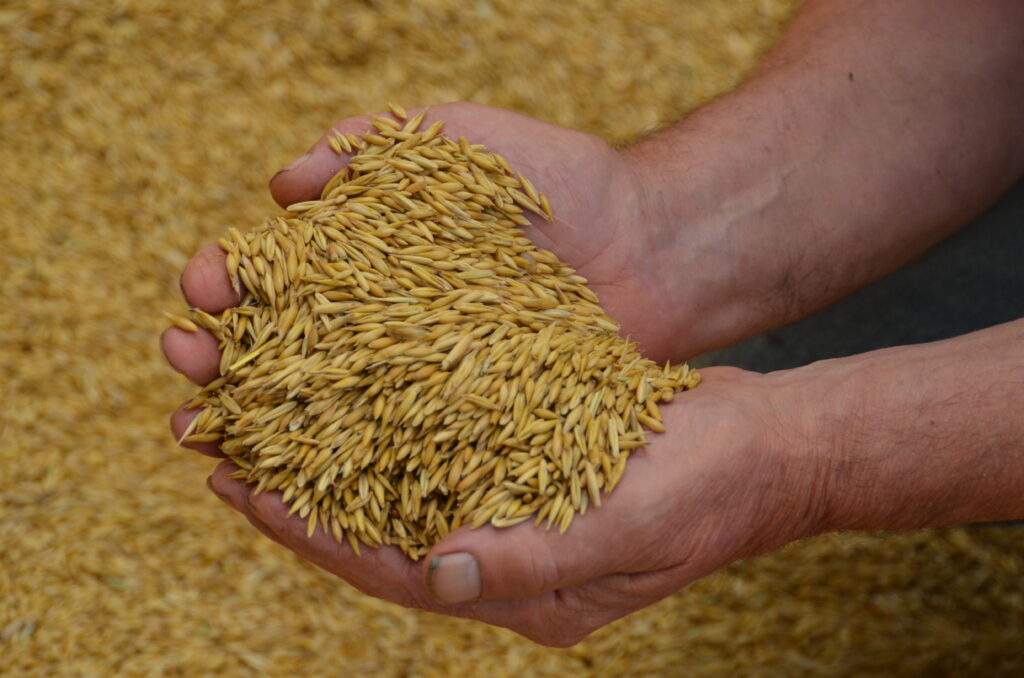
SOIL MANAGEMENT IS KEY
Correct timing is the secret to farming our heavy Hanslope series Grade 2 land successfully, but unfortunately last autumn we didn’t follow our own advice. With later drilling in mind we went onto wet soils in October to establish autumn-sown crops and that was a big, costly mistake.
This season we are being much more careful, keeping a close eye on the weather and drilling only when soil conditions are right. Hopefully, we will drill earlier than last season which highlighted that it’s not so much what you do but when you do it.
In the last few weeks we’ve gone from a situation where the drains were still flowing shortly before harvest to the soil cracking like crazy paving – an indication that it is drying and shrinking naturally. The question that many will be asking is whether to be patient and let Mother Nature do the job or intervene using mechanical means, despite the considerable time and expense involved.
After such a wet season when crops struggled to dry the ground sufficiently many will feel that they must subsoil to ‘repair’ the apparent damage. If you feel that might benefit your farm it could be the right thing to do, but my experience is that subsoiling brings nothing to the table and causes more problems than it solves. Aside from the small area which was subsoiled as part of our trials programme to provide a reference point this is not something we advocate. The combination of good field drainage, mole drains formed under the right conditions and the leading tine on all Claydon drills is more than adequate.
Following a very wet season in which many fields suffered prolonged waterlogging it is important to take effective action to improve any areas of inadequate drainage and eliminate excess water. This spring we invested £30,000 on new plastic drains to correct sub-standard drainage in areas highlighted by the extreme wet weather.
That has worked well and since then we have been busy with our Claydon Mole Drainer, which is very user friendly, simple to set up, easy to use and allows small adjustments to be made as the bullet wears to keep it operating at optimum efficiency. One-third of the farm was mole drained last autumn and another third this year, some in the spring and some immediately after harvesting oilseed rape, all in excellent soil conditions. Mole drains can last up to 20 years so doing the job well will pay handsome dividends.
At 5% to 7%, organic soil matter levels on the Claydon farm are well above average and digging down revealed root channels from last season’s crops, so clearly it is restructuring naturally. Over the August Bank Holiday 13mm of rain fell and 48 hours later the top 5cm of soil was in beautiful condition yet below that it was as hard as a rock. The hard, dry conditions meant that we had to stop mole draining during the second week of August. We plan to finish the other third of the farm in the spring through the standing crops.
In recent years we’ve become particularly good at minimising blackgrass in the autumn, but now it’s spring-germinating blackgrass that’s the issue. We are controlling it very effectively using a combination of chemicals and our 6m Claydon TerraBlade inter-row hoe, so hopefully persistence will pay off.
THE SFI OPTION
Having expressed interest in the SFI for the Claydon Farm but with no response from Defra, after harvesting oilseed rape at the end of July we drilled a short-term cover crop which looks good. We modified our 6m Claydon Evolution drill so that the fertiliser injector sits behind the front tines allowing the beans to be placed 75mm – 100mm deep directly into moist soil and they germinated very well.
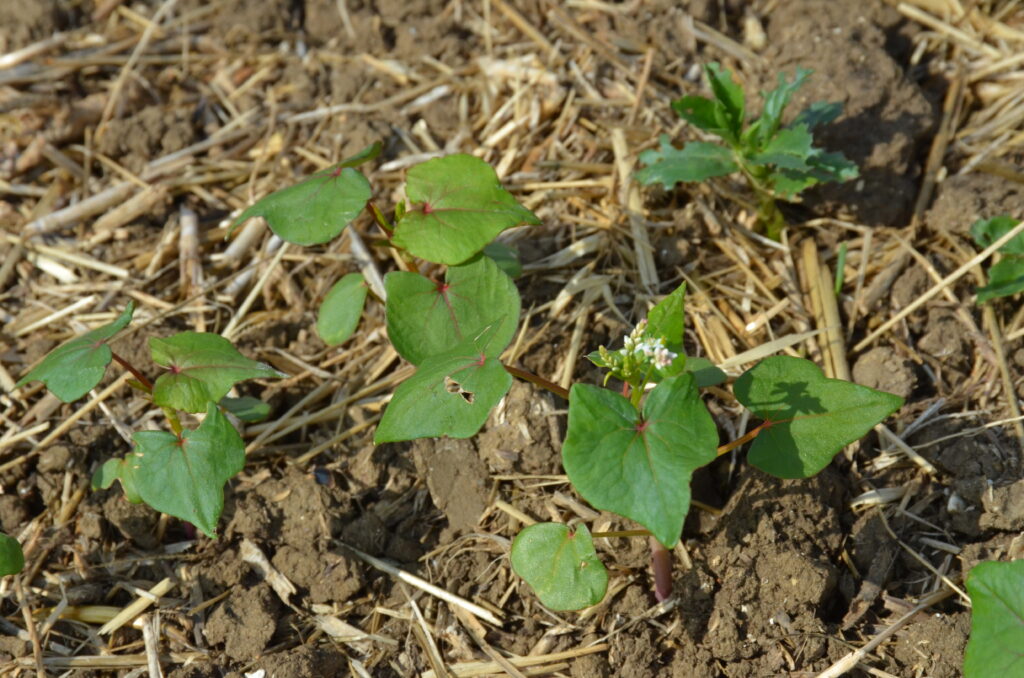
The other small seeds which make up the short-term cover crop we drilled behind wheat (Hutchinsons’ Maxi Catch Crop – Buckwheat (Polygonaceae Fagopyrum), Zoltan spring linseed, Ascot white mustard and Tabor Egyptian clover) are currently sitting in dry soil and have yet to emerge. It will be interesting to see if the cover crops encourage a flush of blackgrass when removed later in the autumn, something we can do as they are not under SFI. The plan is to follow with winter wheat and spring oats.
Even King Canute would have been challenged to deal with the tide of water which hit us last autumn. Farming is not an industry where you can be prescriptive when it comes to timings, so it is essential to adapt to the conditions which Mother Nature presents. This appears to be lost on some of the policymakers who make the rules which farmers must follow, and they seem to have little understanding of what happens in the real world!
Last season tested everyone farming at a practical level, so we must be open-minded and work out how to get the best results from our investment going forward rather than doing things the way we have always done. On the Claydon Farm we aim to start drilling during the last week of September or first week of October because even placing seed into dry soil when rain is forecast is better than waiting for rain and sowing into wet soil. As it is relatively easy to grow another good crop following a good crop our main goal this season will be to ensure that everything falls into that category rather than the bad or ugly.




